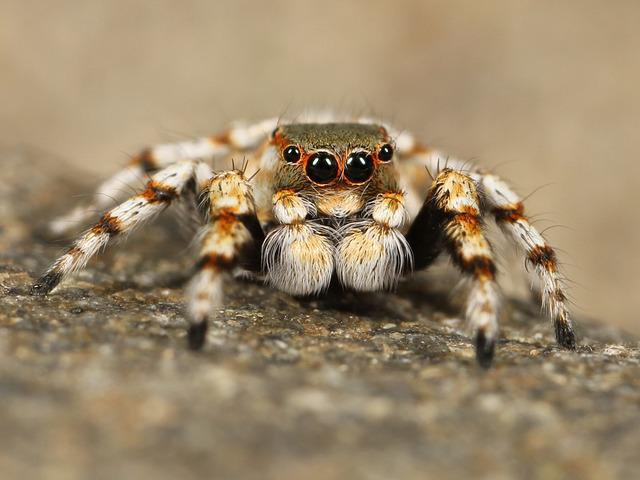There are some essential factors to consider before purchasing a tarantula spider tank. Listed below are the requirements for a tarantula tank. It would be best to consider the price of the tank, its size, and its habitat. Once you’ve chosen these aspects, you’ll be able to purchase the tank of your choice. In the following paragraphs, you’ll discover the essential elements to look for when buying a tarantula spider tank.
Table of Contents
Habitat requirements
It is crucial to choose a suitable habitat for your tarantula. You can check spider tanks by reptilecentre.com for ideas. Terrariums are glass, acrylic, or plastic, but plastic tends to become opaque with time. You can build your habitat from acrylic if you are on a budget. Acrylic terrariums are lighter than glass habitats and are easy to ventilate. You can also place a retreat in the corner of the tank.
The substrate for your tarantula’s habitat should be sterile soil or bark chips. While these materials promote mold growth, they are not ideal for spiders as they can’t walk on them comfortably. Sand is another option, but it is messy and can become too heavy if it gets wet. A standard terrestrial habitat is usually adequate. If you plan to keep a tree-dwelling tarantula, get a larger enclosure.
Your tarantula’s native range habitat is shady, humid, and warm. It would be best if you aimed to mimic its natural habitat as closely as possible. To simulate this environment, build your tarantula’s enclosure to be taller than it is wide. This way, it can climb and feel like it’s in its native habitat. If you’re planning to breed tarantulas, consider the following tips.
A proper enclosure should be at least three times tall and two times wider than the longest leg span of the spider. A fifteen-inch enclosure is a minimum for a female, while a ten-inch tank will work fine for an adult male. An excellent substrate is a terrarium made from coconut husk, peat moss, or reptile bark. Ideally, the substrate should be at least two inches deep, but you can use a half log or coconut cave if you’re not sure.
Requirements for a tarantula tank
A tarantula spider requires a temperature of 21 to 24 degrees Celsius, which means you should keep the temperature of your home room between these levels. A centrally heated room is ideal for a tarantula, as you will not have to add additional heating during winter, spring, and autumn. If you live in a warm room, you should use a temperature-regulating fan to increase the humidity in the enclosure.
The tarantula’s tank should be about 12 inches by six inches deep. They rarely move around and prefer a quiet, secluded place to wait for prey. Ensure the tank has a shallow water bowl, and provide your tarantula with a place to hide and a substrate. Be sure not to add decorations – spiders do not need decorations.
Apart from the enclosure, you must provide food and water. The humidity level of your tarantula enclosure should be around 50 to 60 percent. You can buy a hygrometer to measure the humidity level inside the tank. Using a plant mister is another excellent way to maintain the humidity level. Make sure you clean the plant mister after each use, as water droplets can evaporate quickly.
Another essential requirement is a heater. Unlike most other reptiles, tarantulas are active at warmer temperatures and can eat more often if they are warm. Keep in mind that a full spectrum fluorescent bulb is a safer option than a lamp heater, which can dry out the environment. If you can’t live without a lamp heater, you can install a heating mat underneath the tank.
Cost of a tarantula tank
You may be wondering what the cost of a tarantula spider terrarium is. In general, you will need a five to ten-gallon aquarium, depending on the size of your tarantula. You can find smaller and larger species at local pet stores for $25 to $75, and you will also need plastic plants and dirt for the tank.
Size of a tarantula’s tank
Before buying a tarantula, you should decide on the size and temperament of the tarantula. The Red Knee Brachypelma smithi tarantula only grows up to three or four inches in size. In comparison, the Goliath BirdEater Theraposa blondi has legs span the size of a dinner plate. As a beginner, it is best to start with a smaller species, such as the Rose Hair Grammostola rosea.
